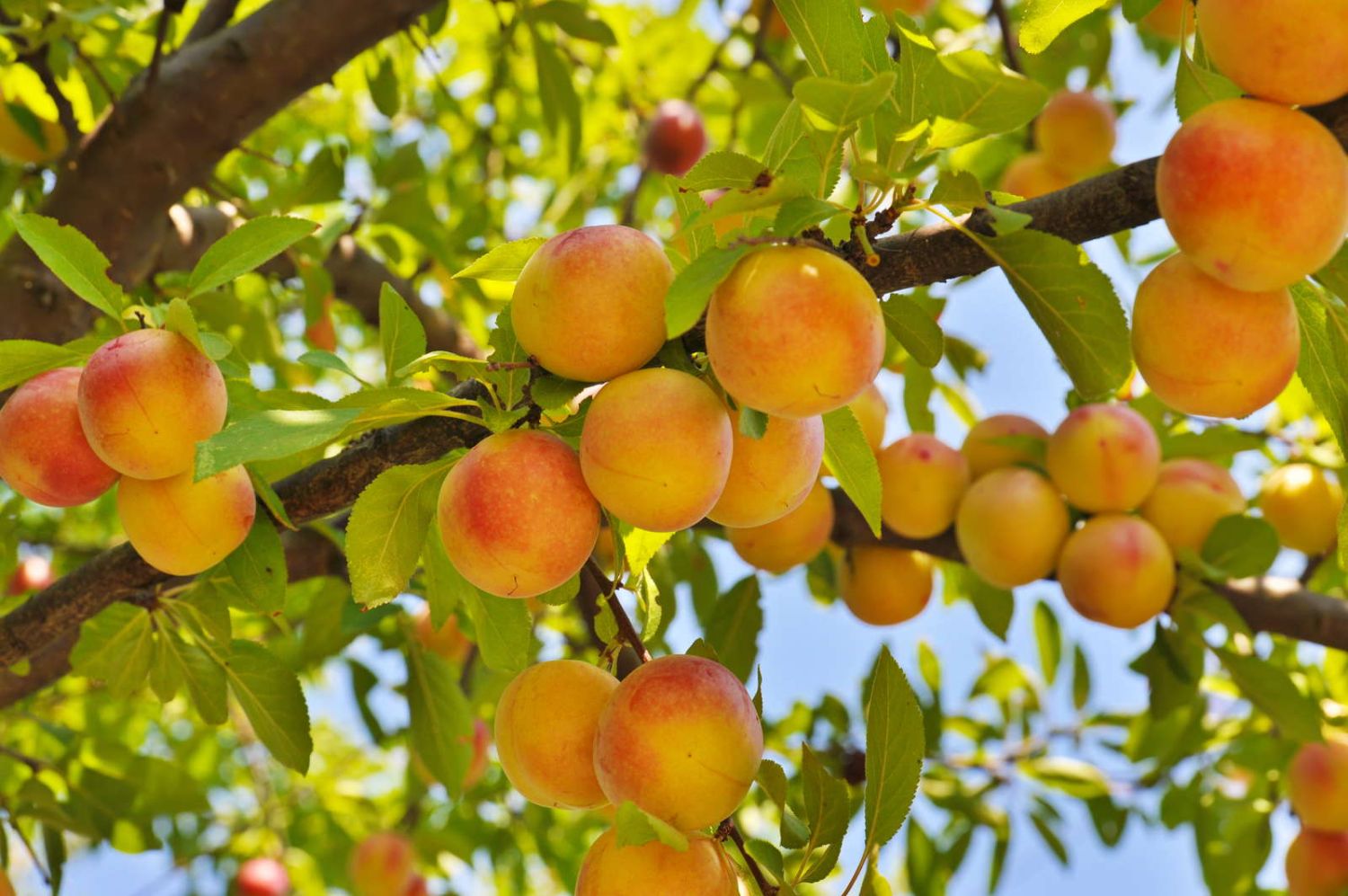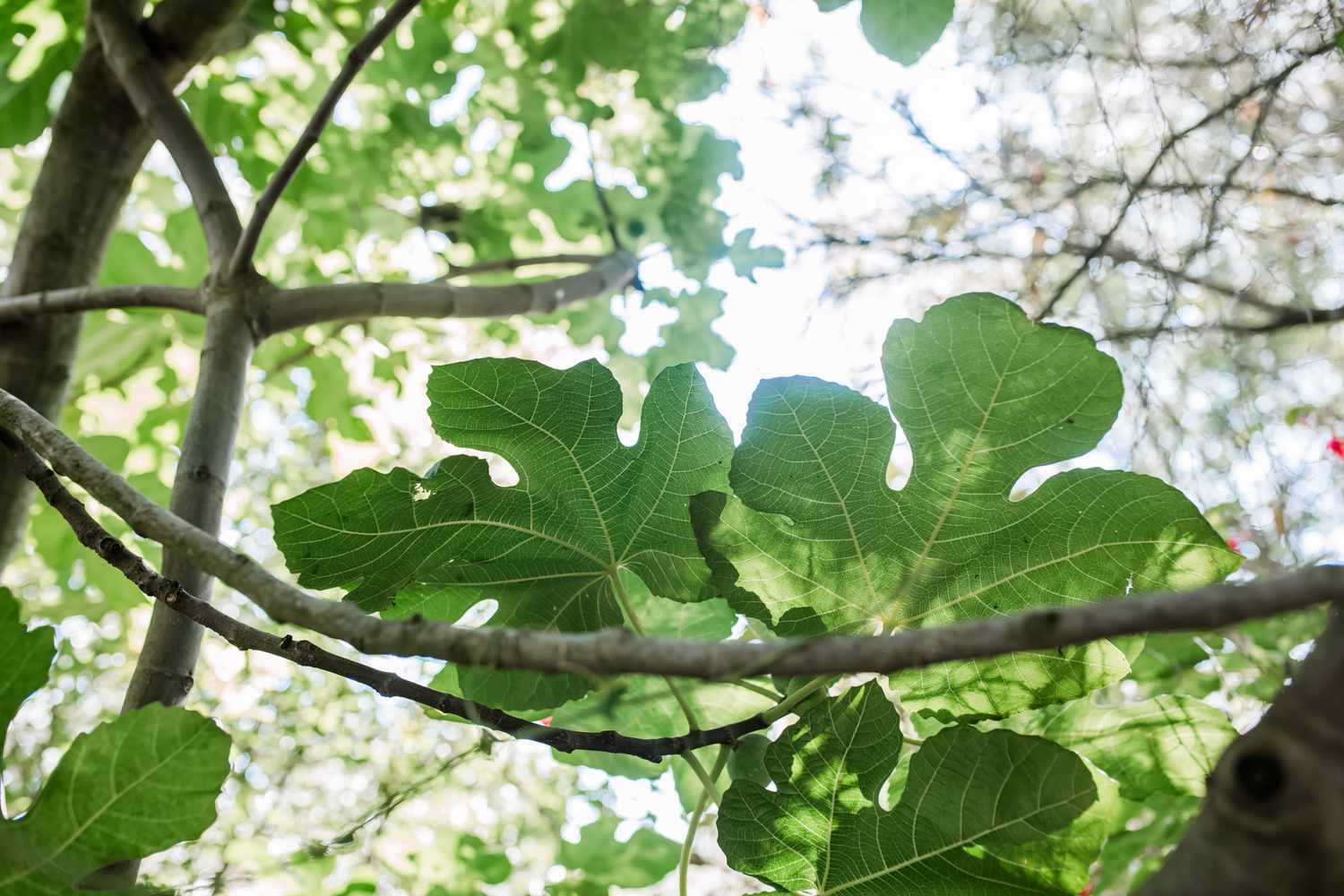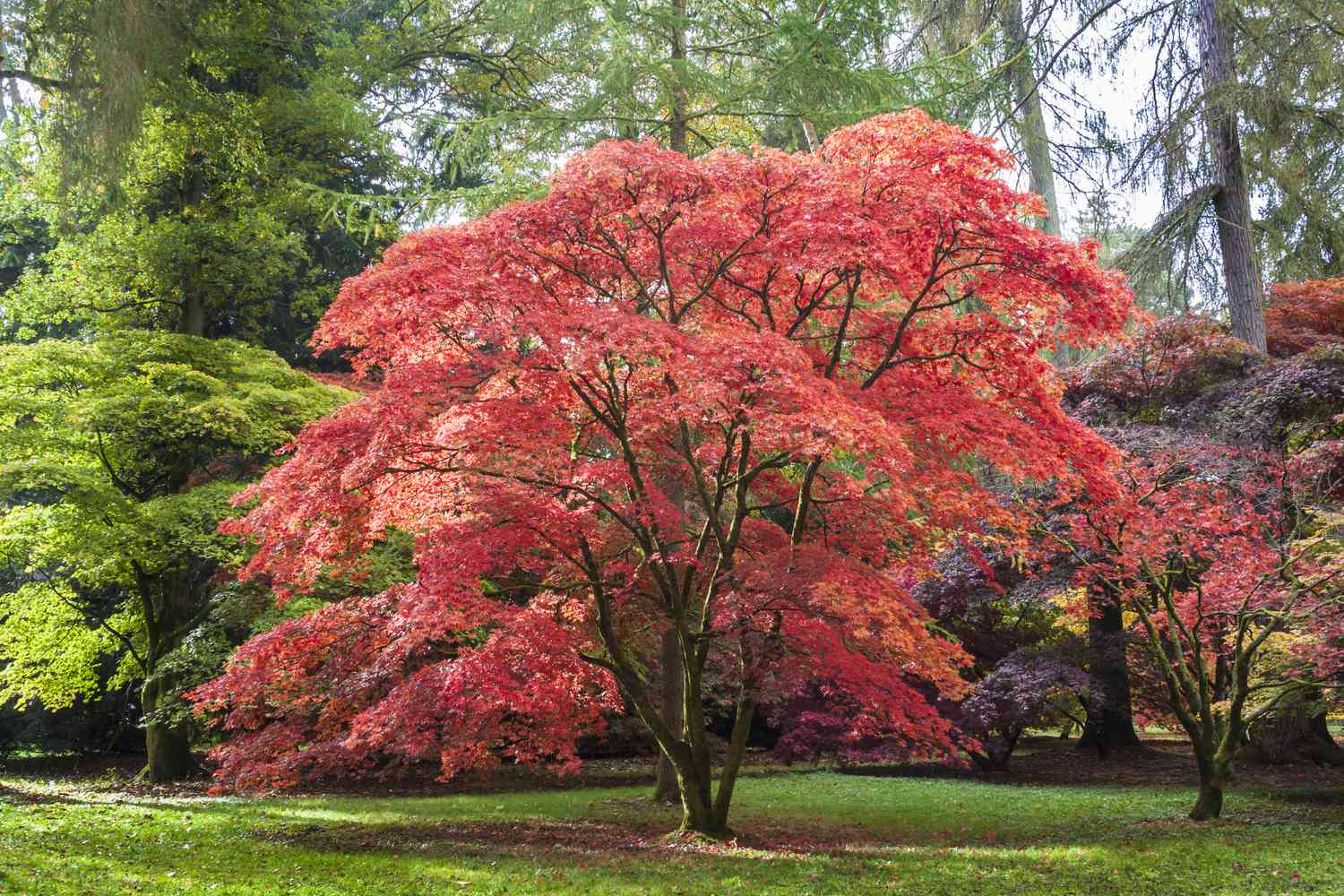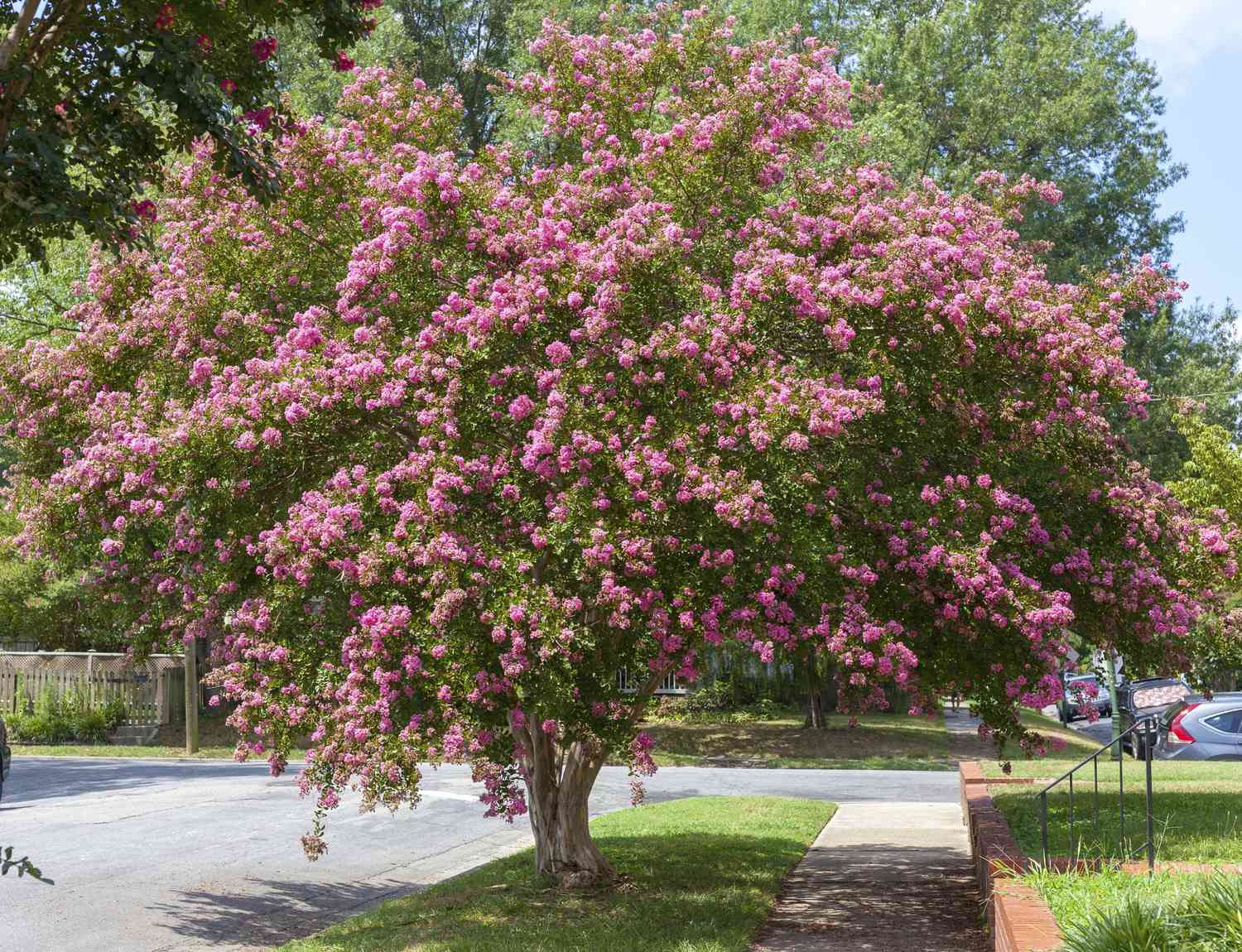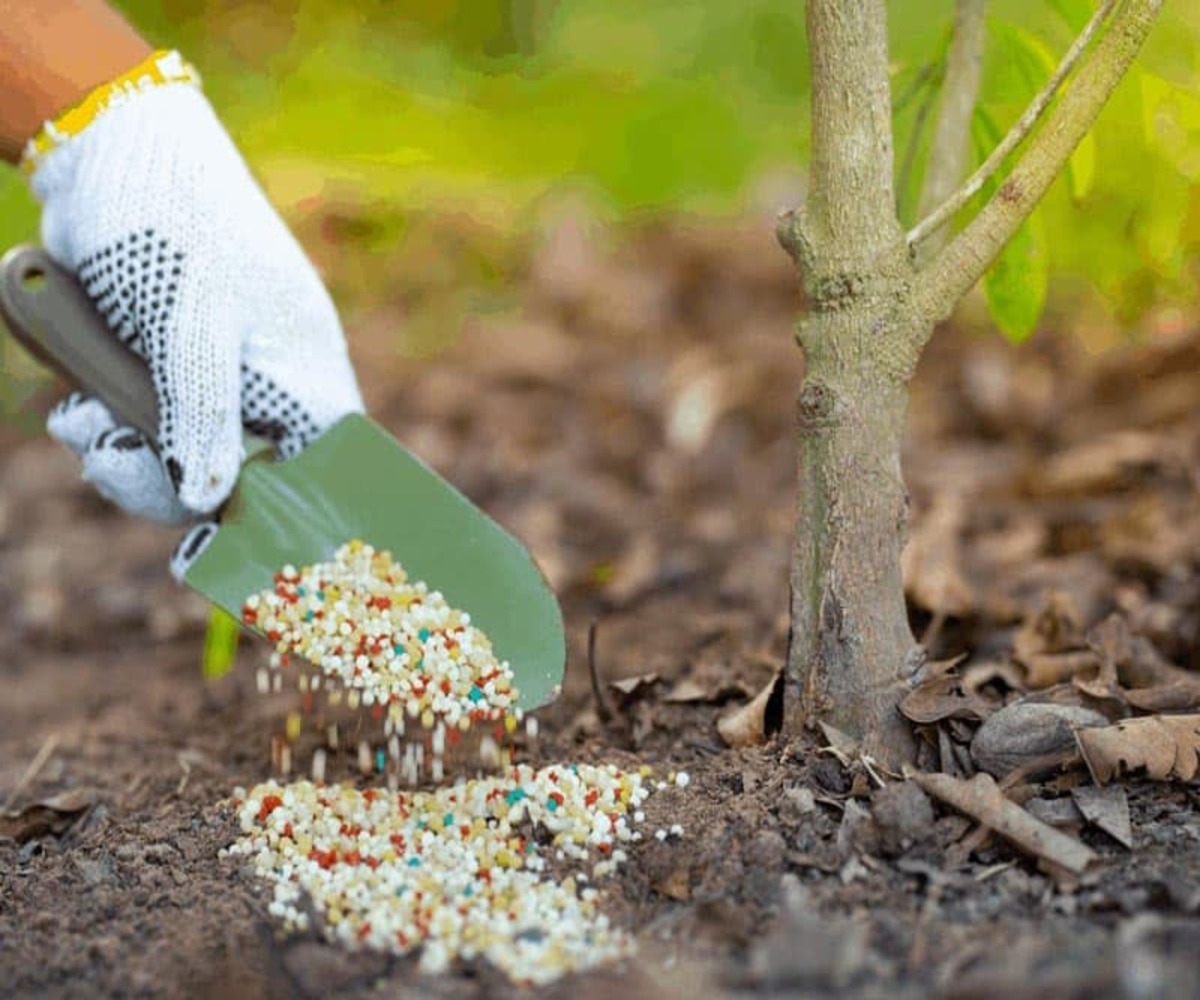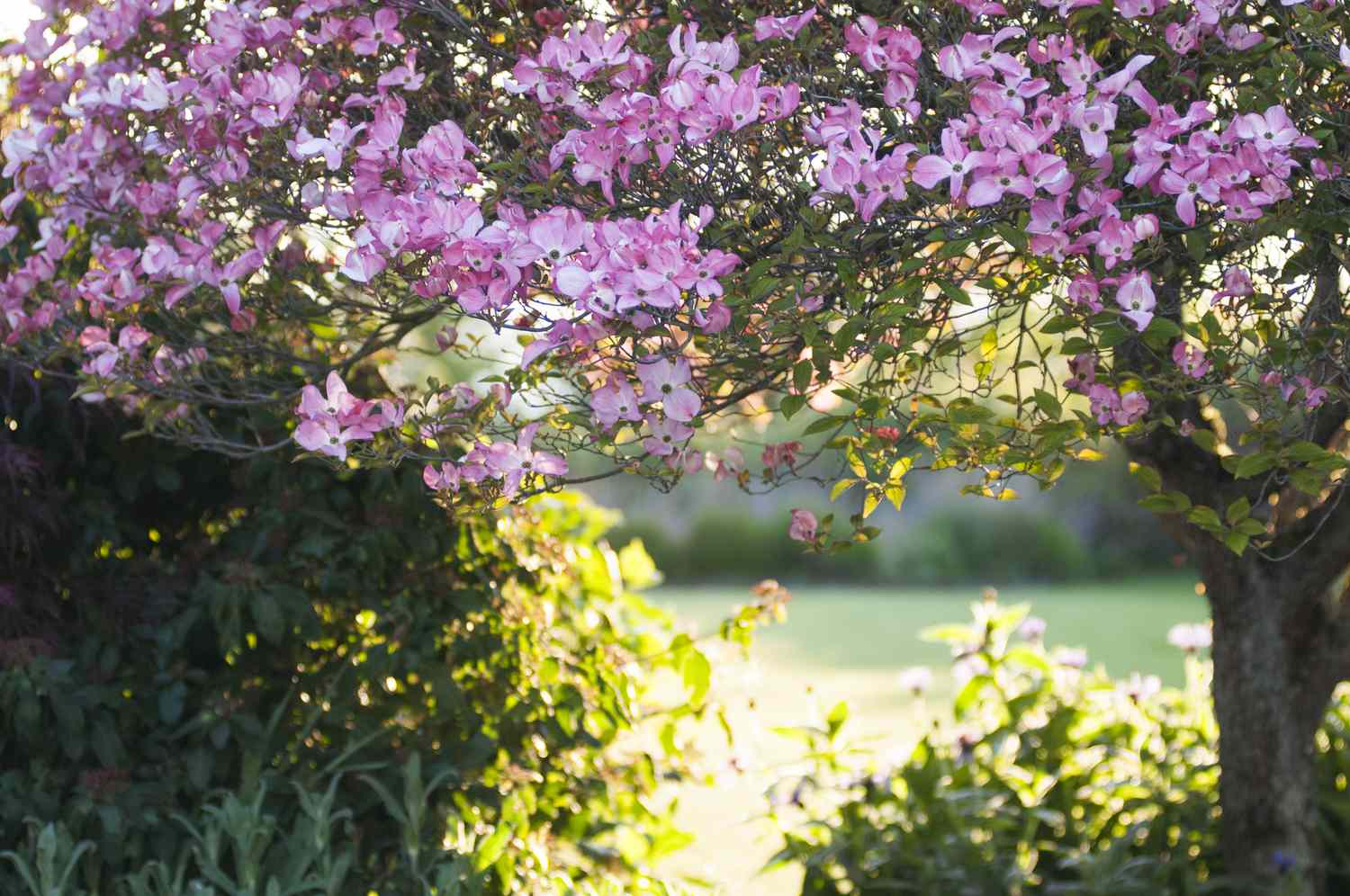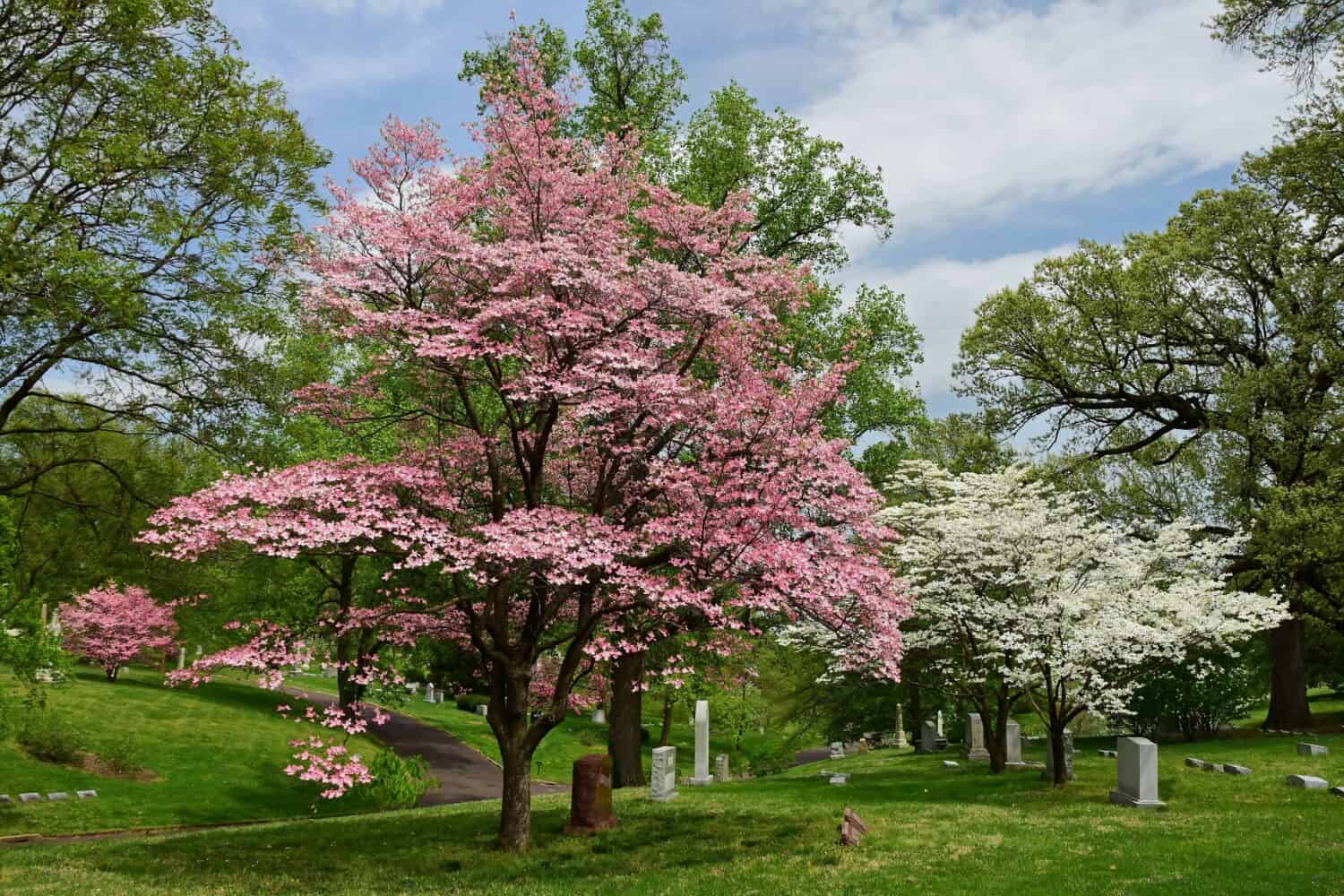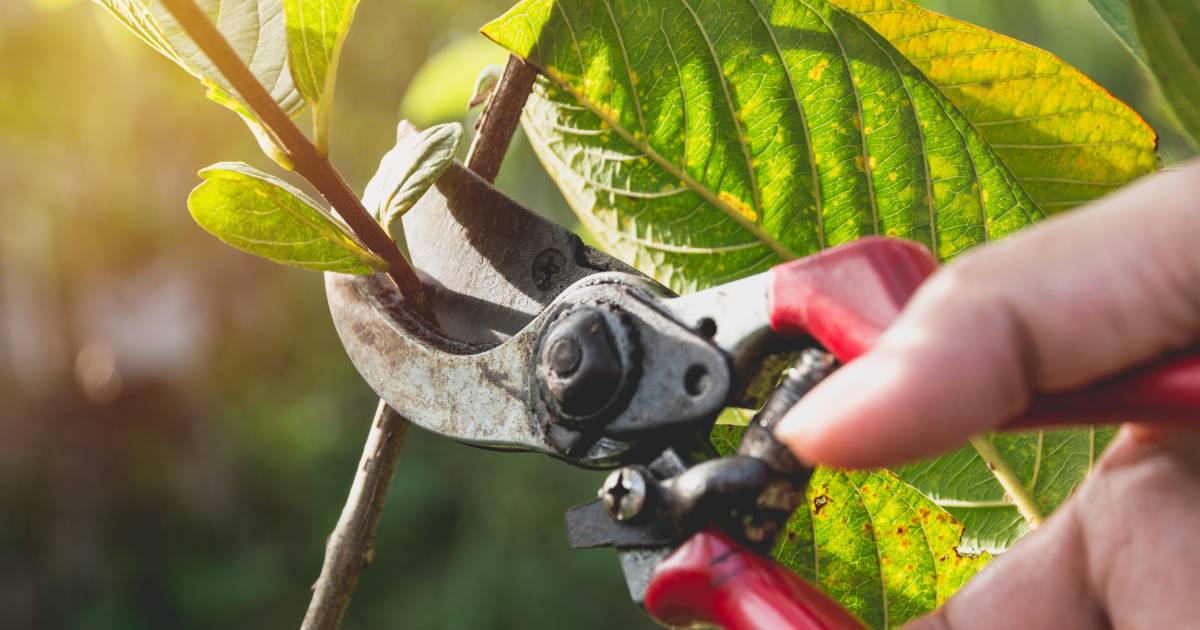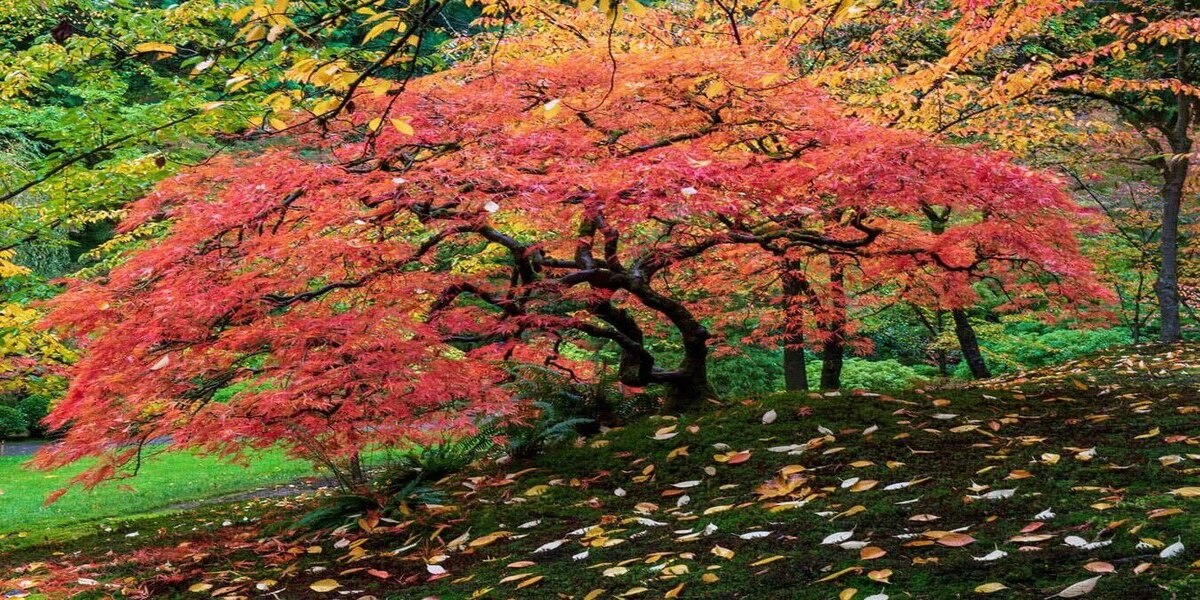Home>Gardening Techniques>Plant Care>When To Prune Dogwood Trees
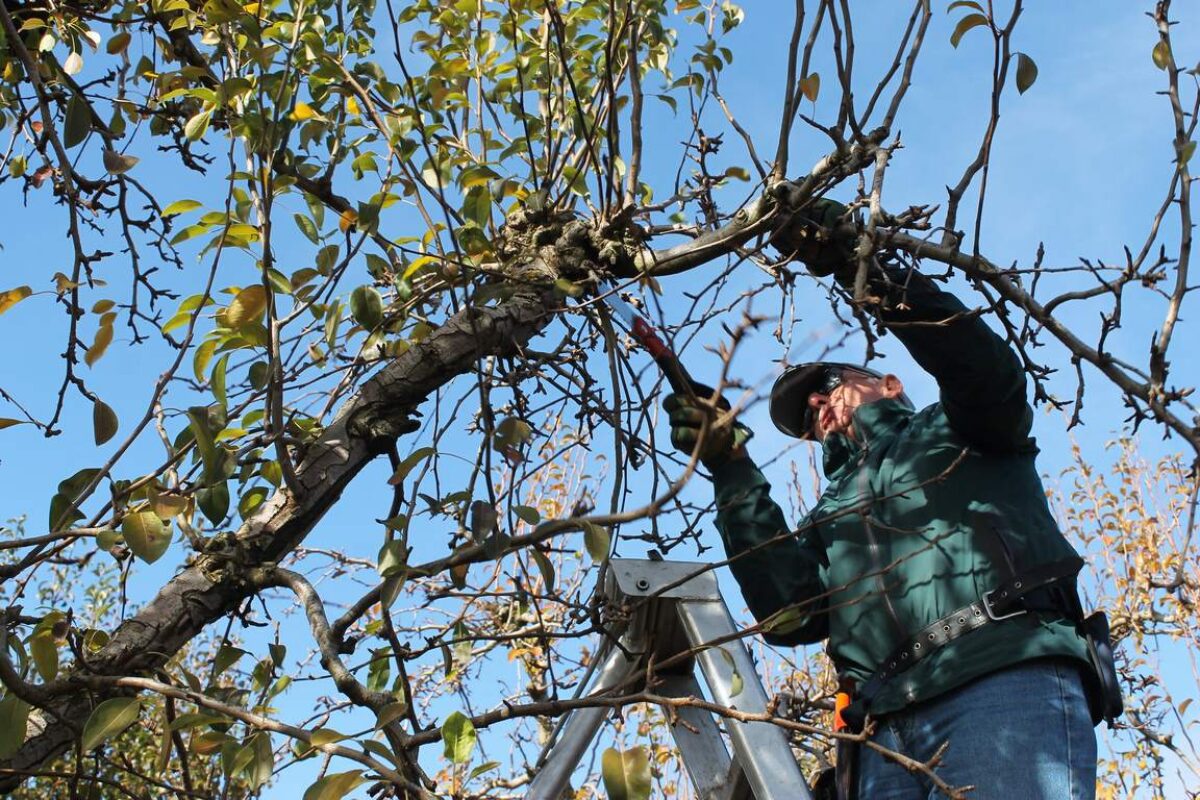

Plant Care
When To Prune Dogwood Trees
Modified: January 22, 2024
Learn the best time to prune dogwood trees and how to properly care for them. Find expert tips and advice on plant care to ensure healthy and vibrant growth.
(Many of the links in this article redirect to a specific reviewed product. Your purchase of these products through affiliate links helps to generate commission for Chicagolandgardening.com, at no extra cost. Learn more)
Table of Contents
Introduction
Welcome to our comprehensive guide on when to prune dogwood trees! If you’re a plant enthusiast or a gardening hobbyist, you probably already know the importance of pruning to maintain the health and beauty of your plants. Pruning is a vital aspect of caring for dogwood trees, and knowing the best time to prune can make a significant difference in the plant’s overall well-being.
Dogwood trees (genus Cornus) are known for their stunning blossoms and attractive foliage. They add beauty and elegance to any landscape, whether you have them as standalone trees or as part of a mixed planting. Pruning is essential for dogwood trees to encourage strong growth, shape the tree, and remove any dead or diseased branches.
This guide will provide you with valuable insights on when to prune dogwood trees, how to prune them effectively, and common mistakes to avoid. By following these tips and techniques, you can ensure that your dogwood tree remains healthy and thriving.
Whether you’re a seasoned gardener or a beginner, understanding the proper pruning practices for dogwood trees is important. Pruning at the right time of the year allows the tree to focus its energy on new growth and enhances its overall beauty. So, let’s dive in and explore the fascinating world of dogwood tree pruning!
Understanding Dogwood Trees
Before we delve into the specifics of pruning dogwood trees, it’s important to have a basic understanding of these magnificent trees. Dogwood trees, belonging to the genus Cornus, are deciduous trees known for their vibrant flowers, unique bark, and attractive foliage.
There are various species of dogwoods, but the most common ones include the Flowering Dogwood (Cornus florida) and the Kousa Dogwood (Cornus kousa). Flowering dogwoods are native to North America and are characterized by their showy, four-petaled flowers in shades of white, pink, or red. Kousa dogwoods, on the other hand, are native to East Asia and have smaller but equally beautiful flowers.
One of the distinguishing features of dogwood trees is their stunning bark that provides year-round interest. When young, the bark is smooth and grayish, but as the tree matures, it develops a patchwork of colors, including shades of gray, brown, and even purple. This unique bark adds visual appeal to the tree during the dormant winter months.
Another noteworthy characteristic of dogwood trees is their foliage. The leaves are generally simple, opposite in arrangement, and have an elliptical or ovate shape. During the spring and summer, the foliage appears in a lush green color and turns striking shades of red, orange, or purple in the fall.
Understanding the growth habit and characteristics of dogwood trees is essential to determine the proper pruning techniques. Dogwoods typically have a rounded or spreading canopy, reaching heights between 15 to 30 feet, depending on the species. They are relatively low-maintenance trees but benefit from regular pruning to maintain their shape, remove diseased or damaged branches, and encourage new growth.
Now that we’ve gained a better understanding of dogwood trees, let’s move on to the importance and benefits of pruning these beautiful specimens.
Why Prune Dogwood Trees
Pruning dogwood trees is not just about enhancing their aesthetic appeal; it also plays a crucial role in maintaining their health and promoting optimal growth. Here are some key reasons why pruning is essential for dogwood trees:
- Shape and Structure: Pruning allows you to shape your dogwood tree, creating a balanced and visually appealing structure. Removing crossing or rubbing branches and maintaining a central leader can help the tree develop a strong and stable form. Additionally, by selectively removing branches, you can control the tree’s size and prevent it from becoming overly dense or outgrowing its allocated space.
- Promoting Air Circulation and Sunlight: Regular pruning helps increase air circulation within the canopy of the tree. This reduces the chances of fungal infections and improves overall tree health. Pruning also allows more sunlight to reach the inner branches, stimulating better growth and enhancing the tree’s ability to produce vibrant flowers and colorful foliage.
- Thinning and Dead Wood Removal: Pruning helps in removing dead, diseased, or damaged branches, also referred to as deadwood. These branches not only detract from the tree’s appearance but can also pose a risk by falling on nearby structures or causing injury. By removing deadwood, you promote the overall health of the tree and reduce the spread of potential diseases or pests.
- Encouraging Flowering and Fruit Production: Pruning can contribute to more abundant flowering and fruiting in dogwood trees. Removing older wood encourages new growth, which often results in an increase in the number and size of flowers. Additionally, by thinning out branches, you provide better access for pollinators, leading to improved fruit set and development.
- Overall Tree Health: By eliminating diseased or insect-infested branches, you prevent the spread of pathogens and pests to healthier parts of the tree. Pruning also allows you to identify and address any structural issues early on, reducing the risk of branch breakage during storms or heavy winds.
As you can see, pruning dogwood trees is not just for cosmetic purposes. It promotes the well-being of the tree and ensures its longevity and vitality. The next section will delve into the best time to prune dogwood trees to maximize the benefits mentioned above.
Best Time to Prune Dogwood Trees
Timing is crucial when it comes to pruning dogwood trees. Pruning at the right time ensures that the tree can recover promptly and minimizes the risk of damaging new growth or inhibiting flowering. Generally, the best time to prune dogwood trees is during the dormant season, which is late winter to early spring, before new growth begins.
Pruning dogwood trees in late winter or early spring allows you to take advantage of the tree’s natural dormancy and reduces the stress on the plant. It also provides a clear view of the tree’s framework, making it easier to identify and remove dead, diseased, or crossing branches.
Avoid pruning dogwood trees in late summer or fall, as this can stimulate new growth, which may be susceptible to frost damage in colder regions. It’s important to note that dogwood trees are known for their bleeding sap, which is a natural reaction after pruning. Pruning during the dormant season helps minimize sap flow and potential stress on the tree.
As with any pruning, be mindful of the weather conditions. Choose a dry day to prevent the spread of potential diseases and infections. Also, ensure that your pruning tools are clean and sharp to make clean cuts and minimize the risk of introducing pathogens.
While the dormant season is generally the recommended time for pruning dogwood trees, there are a few exceptions. If you need to remove dead or damaged branches due to storm damage or disease, you can do so as soon as you notice the issue. Prompt removal of these branches can prevent further damage and promote faster healing.
It’s important to remember that each tree is unique, and there may be specific circumstances where pruning outside the dormant season is necessary. If you’re unsure about the timing or need to address specific concerns, it’s always best to consult a professional arborist or horticulturist for guidance.
Now that we’ve covered the best time to prune dogwood trees, let’s move on to the techniques and tools you’ll need to ensure proper pruning.
How to Prune Dogwood Trees
Pruning dogwood trees may seem daunting, but with the right techniques and tools, it can be a relatively straightforward process. Here are the steps to follow when pruning your dogwood tree:
- Assess the Tree: Before you start pruning, take a step back and evaluate your dogwood tree. Identify any dead, diseased, or damaged branches that need to be removed. Determine the overall shape and structure of the tree and visualize how you want it to look after pruning.
- Prepare your Tools: Make sure you have the necessary tools for pruning, including sharp bypass pruners, loppers, and a pruning saw for thicker branches. Clean and sanitize your tools before using them to prevent the spread of diseases.
- Start with Deadwood: Begin by removing any deadwood or branches that are obviously diseased or damaged. Make clean cuts just outside the branch collar, which is the slightly swollen area where the branch meets the trunk or main branch.
- Remove Suckers and Water Sprouts: Look for any suckers or water sprouts that may be growing from the base of the tree or along the branches. These weak and fast-growing shoots should be removed to encourage stronger and more balanced growth.
- Thin Out Crossing Branches: If you notice any branches that are crossing or rubbing against each other, it’s important to remove them to prevent the risk of damage and improve air circulation. Choose the branch that has a better natural branch collar and remove the other one.
- Maintain the Central Leader: Dogwood trees generally have a central leader, which is the main upright stem. It’s essential to maintain this central leader and remove any competing leaders or branches that may hinder proper growth and shape.
- Step Back and Assess: After each pruning cut, step back and evaluate your progress. Make adjustments as needed to ensure a balanced and aesthetically pleasing shape. Don’t be afraid to take breaks and approach the pruning process with patience and care.
- Prune Modestly: Avoid excessive pruning, as this can weaken the tree and compromise its health. Aim to remove no more than 20% to 30% of the tree’s foliage during a single pruning session. Prune conservatively to maintain the tree’s natural beauty and overall vigor.
Remember to clean your pruning tools after each cut to prevent the spread of disease. Additionally, it’s advisable to apply a pruning sealant to larger cuts to promote faster healing.
By following these pruning techniques, you can keep your dogwood tree looking its best and ensure its continued growth and vitality. However, it’s important to be mindful of the common mistakes to avoid when pruning dogwood trees, which we will explore in the next section.
Tools Needed for Pruning Dogwood Trees
Proper pruning of dogwood trees requires the use of the right tools to ensure clean cuts and minimize damage to the tree. Here are the essential tools you’ll need for pruning dogwood trees:
- Pruning Shears: Investing in a pair of bypass pruners is essential for cutting smaller branches with precision. Look for a pair with sharp blades and comfortable handles for ease of use.
- Loppers: Loppers are long-handled pruning tools with thicker, more powerful blades. They allow you to cut through branches that are too thick for pruning shears. Opt for loppers with sturdy handles and replaceable blades for longevity.
- Pruning Saw: For thicker branches, a pruning saw is necessary. Choose a pruning saw with a curved blade and aggressive teeth for efficient cutting. Look for a saw with a comfortable handle for control and ease of use.
- Hand Pruners: Hand pruners are useful for removing smaller suckers and water sprouts that may be growing from the base of the tree or along the branches. They allow for precise cuts close to the trunk or main branch.
- Pruning Sealant: While not a tool, pruning sealant is important to have on hand. After making larger cuts, apply pruning sealant to the wounds to aid in healing and prevent the entry of pests or pathogens.
- Ladder or Pruning Pole: Depending on the height of your tree, a ladder or a pruning pole with an attached saw or lopper head may be necessary to reach higher branches safely. Always use caution and follow proper ladder safety guidelines when working at heights.
- Gloves and Safety Gear: Protect your hands from thorns and ensure your safety by wearing sturdy gardening gloves. Depending on the size and scope of your pruning, consider wearing safety goggles and a helmet to shield against falling debris.
Before and after each use, make sure to clean and sanitize your pruning tools to prevent the spread of diseases. Keeping your tools sharp is also important for making clean cuts and minimizing damage to the tree.
Having the right tools for pruning dogwood trees will make the process easier, safer, and more effective. Now that you’re equipped with the necessary tools, let’s explore the proper pruning techniques for dogwood trees in the next section.
Pruning Techniques for Dogwood Trees
Pruning dogwood trees requires proper techniques to ensure the health and aesthetics of the tree. Here are some essential pruning techniques to follow when caring for your dogwood tree:
- Prune with Purpose: Before making any cuts, have a clear idea of why you are pruning. Determine if you need to shape the tree, remove dead or diseased branches, or promote better airflow and sunlight penetration. This will guide you in making the right pruning decisions.
- Make Proper Cuts: When removing a branch, use the three-cut method to avoid damaging the tree. Start by making a small undercut on the branch, then make a second cut just outside the branch collar. Finally, make a third cut to remove the remaining stub, cutting just outside the branch collar without leaving a large stub.
- Trim Pruning: Use hand pruners to remove smaller suckers or water sprouts growing from the base of the tree. Make clean cuts close to the trunk or main branch to maintain a tidy and healthy appearance.
- Thinning Pruning: This technique involves selectively removing branches to improve airflow and reduce overcrowding. Thin out crossing or rubbing branches to prevent damage and diseases. Try to maintain an open and balanced canopy to promote healthy growth.
- Heading Pruning: Heading pruning involves cutting back the tips of branches to promote new growth. This technique can be used to shape the tree or encourage branching in specific areas. However, avoid excessive heading pruning as it may result in weak, bushy growth.
- Consider Branch Collar: When making pruning cuts, pay attention to the branch collar – the slightly swollen area where the branch meets the trunk or main branch. Cutting just outside the branch collar helps the tree heal faster and prevents the entry of pests and diseases.
- Avoid Topping: Topping, the practice of removing large portions of the tree’s crown, should be avoided. Topping can weaken the tree, stimulate excessive new growth, and lead to structural issues. Opt for selective pruning techniques to maintain the tree’s natural form and vigor.
- Step Back and Evaluate: Periodically step back during the pruning process and assess the tree’s shape and balance. Make adjustments as necessary to achieve your desired look and ensure the tree’s health and structural integrity.
Remember that pruning dogwood trees should be done with care and moderation. Avoid removing more than 20% to 30% of the foliage in a single pruning session to prevent stress to the tree. If you’re unsure about the proper techniques or the extent of pruning required, consult a professional arborist for guidance.
By following these pruning techniques, you can maintain the health and aesthetics of your dogwood tree and enjoy its beauty for years to come.
Common Mistakes to Avoid When Pruning Dogwood Trees
Pruning dogwood trees can be a rewarding and beneficial practice when done correctly. However, there are some common mistakes that you should avoid to ensure the health and vitality of your tree. Here are a few mistakes to watch out for:
- Overpruning: One of the most common mistakes is overpruning, removing more foliage than necessary. Excessive pruning can weaken the tree, disrupt its natural growth patterns, and result in an unbalanced appearance. Stick to the recommended pruning guidelines and avoid removing more than 20% to 30% of the foliage during a single pruning session.
- Ignoring the Right Timing: Pruning dogwood trees at the wrong time can have detrimental effects on their growth and flowering. Avoid pruning during the active growth period, as it can lead to stress and damage to new growth. Stick to the dormant season, preferably late winter to early spring, before the tree starts its new growth cycle.
- Improper Cuts: Making improper cuts can cause damage and leave the tree vulnerable to diseases and pests. Avoid leaving large stubs when removing branches. Instead, make clean cuts just outside the branch collar, which is the slightly swollen area where the branch meets the trunk or main branch.
- Topping: Topping, the practice of cutting back large portions of the tree’s crown, should be avoided. This severe pruning technique can weaken the tree, promote weak regrowth, and lead to structural issues. Instead, opt for selective pruning techniques to maintain the tree’s natural form and health.
- Not Pruning Diseased or Damaged Branches: Neglecting to prune diseased or damaged branches can have negative consequences on the overall health of the tree. Deadwood, diseased branches, and branches damaged by storms or pests should be promptly removed to prevent the spread of diseases and improve the tree’s appearance and vitality.
- Forgetting to Sanitize Tools: Failure to clean and sanitize pruning tools between cuts or between trees can lead to the spread of diseases and pests. Before and after each use, clean your tools with a disinfectant solution or a mixture of bleach and water to prevent contamination.
- Pruning in Unsuitable Weather Conditions: Pruning dogwood trees in wet or rainy conditions can increase the risk of fungal infections. Choose a dry day to prune and avoid spreading diseases. Additionally, windy conditions can make pruning dangerous, so it’s best to wait for calmer weather.
By avoiding these common mistakes, you can maintain the health and beauty of your dogwood tree and ensure its longevity. Always approach pruning with care, follow proper techniques, and seek guidance from professionals when needed.
Signs That Your Dogwood Tree Needs Pruning
Pruning is an important aspect of dogwood tree care, but how do you know when it’s time to pick up your pruning tools? Here are some signs that indicate your dogwood tree may need pruning:
- Dead or Diseased Branches: If you notice any dead or diseased branches on your dogwood tree, it’s important to prune them promptly. Deadwood not only detracts from the tree’s appearance but can also harbor pests and diseases that can spread to the rest of the tree.
- Overcrowding: If your dogwood tree is becoming densely branched or if branches are crossing and rubbing against each other, it’s a good indication that selective pruning is needed. Thinning out crowded branches can improve airflow and reduce the risk of disease.
- Poor Shape or Structure: If your dogwood tree has an undesirable shape or structure, pruning can help correct it. Removing competing or crossing branches, maintaining the central leader, and shaping the tree can create a more aesthetically pleasing form.
- Reduced Flowering or Fruiting: If your dogwood tree is producing fewer flowers or fruits than usual, it may be due to overcrowded branches. Pruning can help thin out the canopy, allowing more sunlight and airflow for improved flowering and fruiting.
- Storm Damage: After any severe weather event, assess your dogwood tree for damage. Remove any broken or damaged branches to prevent further injury and promote healing.
- Signs of Pests or Diseases: If you notice signs of pests, such as insect infestations or disease symptoms like leaf spots or discoloration on your dogwood tree, pruning can help remove affected branches and prevent the spread of the pest or disease.
- Size Management: If your dogwood tree has grown too large for the available space or is encroaching on structures or other plants, pruning can help control its size and ensure it remains manageable.
- Overall Tree Health: Pruning is not only for aesthetic purposes; it also promotes the overall health of your dogwood tree. Regular pruning to remove dead, diseased, or damaged branches helps prevent the spread of diseases, improves airflow, and reduces the risk of branch breakage.
By keeping an eye out for these signs, you can stay proactive in maintaining the health and beauty of your dogwood tree. Regular pruning, based on the specific needs of your tree, will ensure its longevity and enhance its appearance.
Conclusion
Caring for your dogwood tree through proper pruning is essential for maintaining its health, structural integrity, and aesthetic appeal. By understanding the timing, techniques, and tools involved in pruning dogwood trees, you can ensure that your tree flourishes year after year.
Start by familiarizing yourself with the characteristics of dogwood trees and their unique growth habits. This understanding will help you make informed decisions when it comes to shaping and maintaining your tree. Remember that pruning should be done during the dormant season, late winter to early spring, to minimize stress and optimize healing.
When pruning, be sure to use the right tools for the job, such as pruning shears, loppers, and a pruning saw. Make clean cuts just outside the branch collar, remove dead or diseased branches, thin out crowded areas, and carefully shape the tree to maintain its natural form and balance.
Avoid common pruning mistakes, such as overpruning, topping, and making improper cuts. Sanitize your tools regularly, prune in suitable weather conditions, and always prioritize the health and vitality of your tree.
By paying attention to signs that indicate the need for pruning, such as dead branches, overcrowding, and reduced flowering or fruiting, you can address issues before they escalate and impact the overall health of your dogwood tree.
Remember, if you’re unsure about any aspect of pruning or if you have a large or complex pruning task, it’s always best to seek guidance from a professional arborist or horticulturist. They can provide expert advice tailored to your specific tree and help ensure the success of your pruning efforts.
With the right knowledge, techniques, and care, your dogwood tree will thrive, showcasing its stunning blossoms, attractive foliage, and unique bark year after year. Enjoy the beauty and benefits of your well-pruned dogwood tree!
